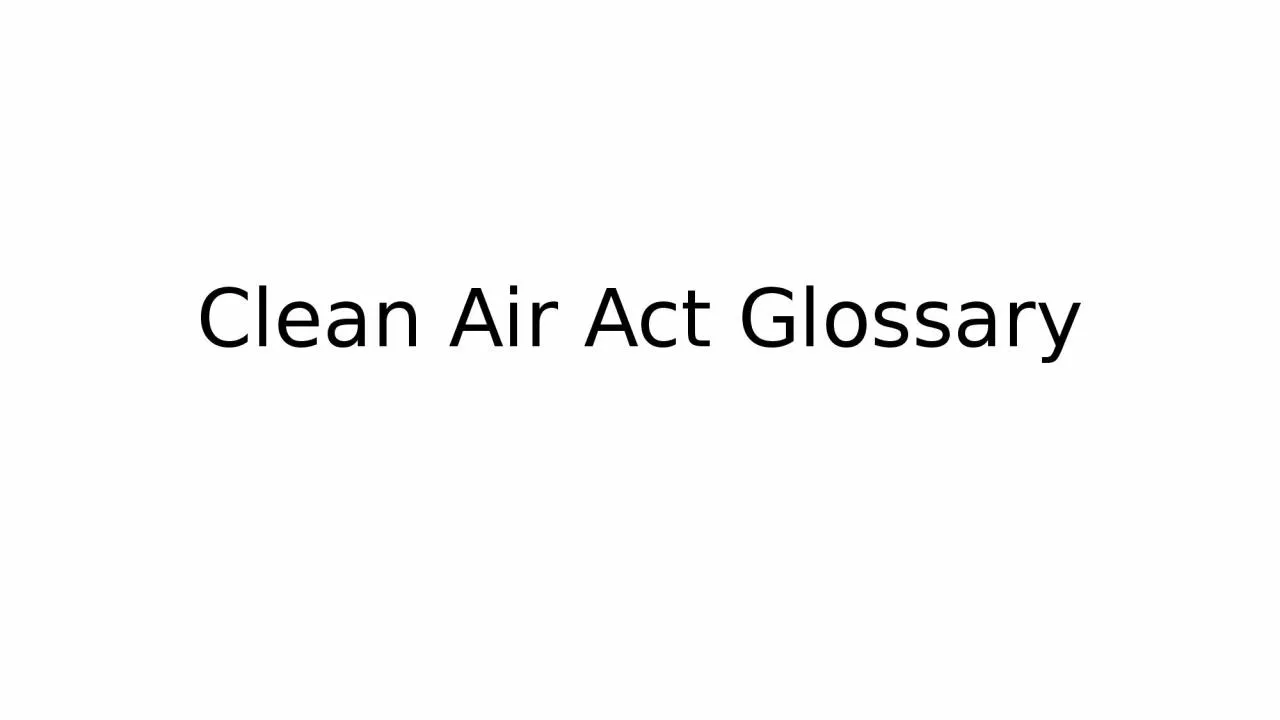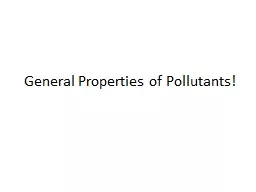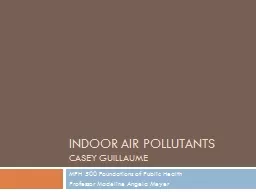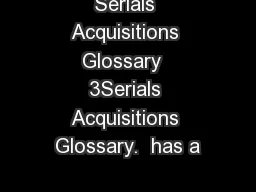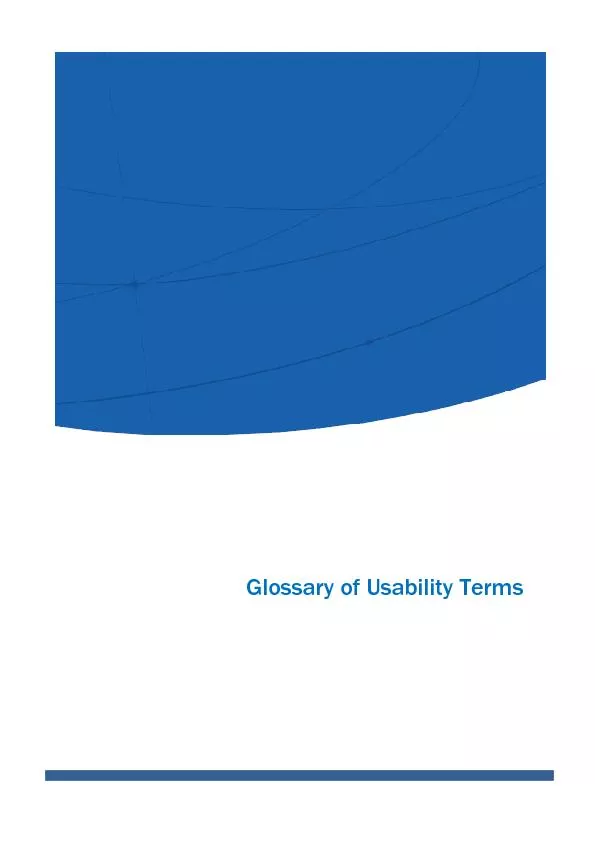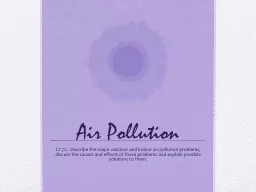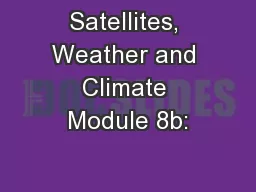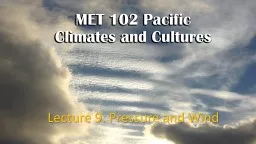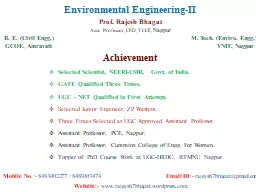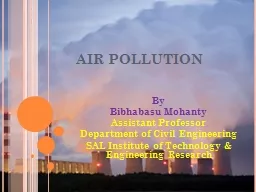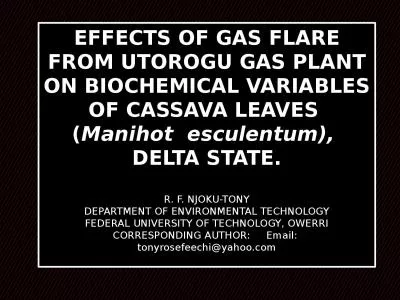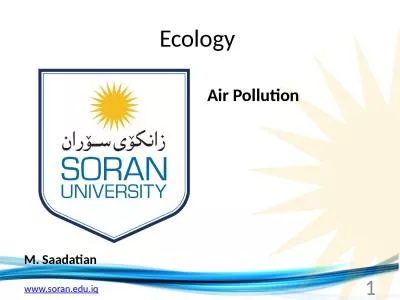PPT-Clean Air Act Glossary Criteria Pollutants
Author : della | Published Date : 2023-06-25
Criteria Pollutants are certain pollutants known to be harmful to human health and welfare and for which National Ambient Air Quality Standards are established
Presentation Embed Code
Download Presentation
Download Presentation The PPT/PDF document "Clean Air Act Glossary Criteria Pollutan..." is the property of its rightful owner. Permission is granted to download and print the materials on this website for personal, non-commercial use only, and to display it on your personal computer provided you do not modify the materials and that you retain all copyright notices contained in the materials. By downloading content from our website, you accept the terms of this agreement.
Clean Air Act Glossary Criteria Pollutants: Transcript
Download Rules Of Document
"Clean Air Act Glossary Criteria Pollutants"The content belongs to its owner. You may download and print it for personal use, without modification, and keep all copyright notices. By downloading, you agree to these terms.
Related Documents

